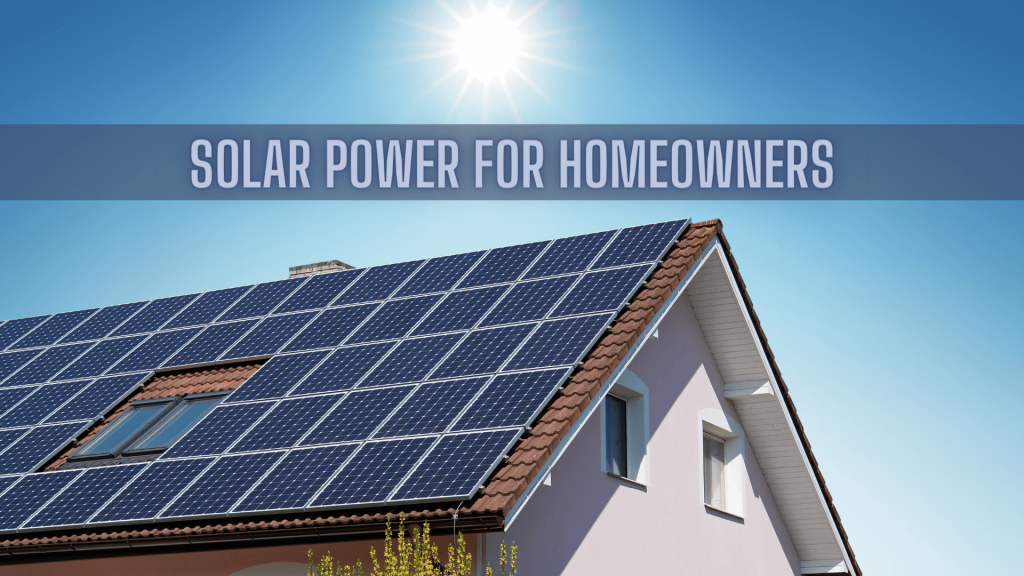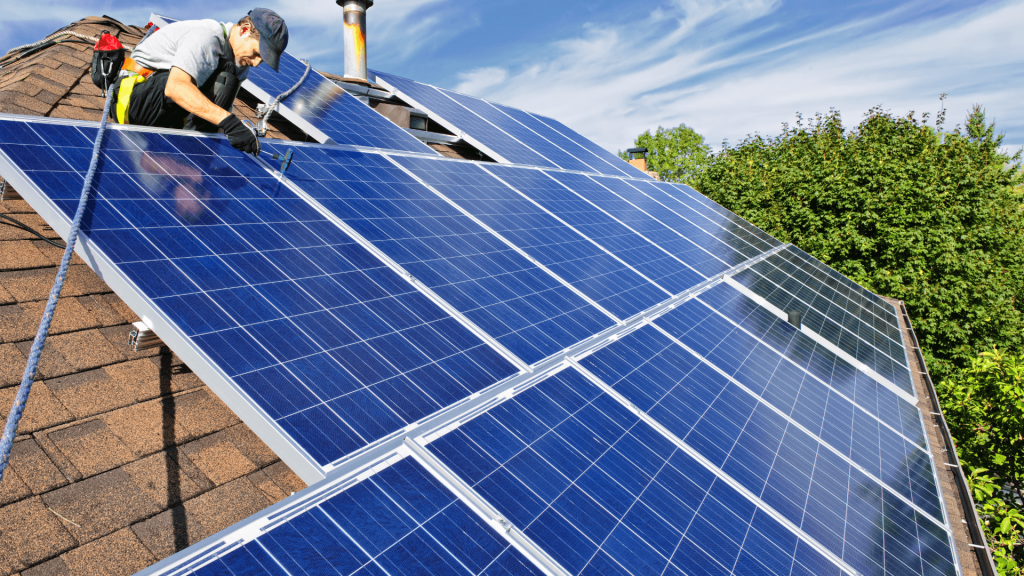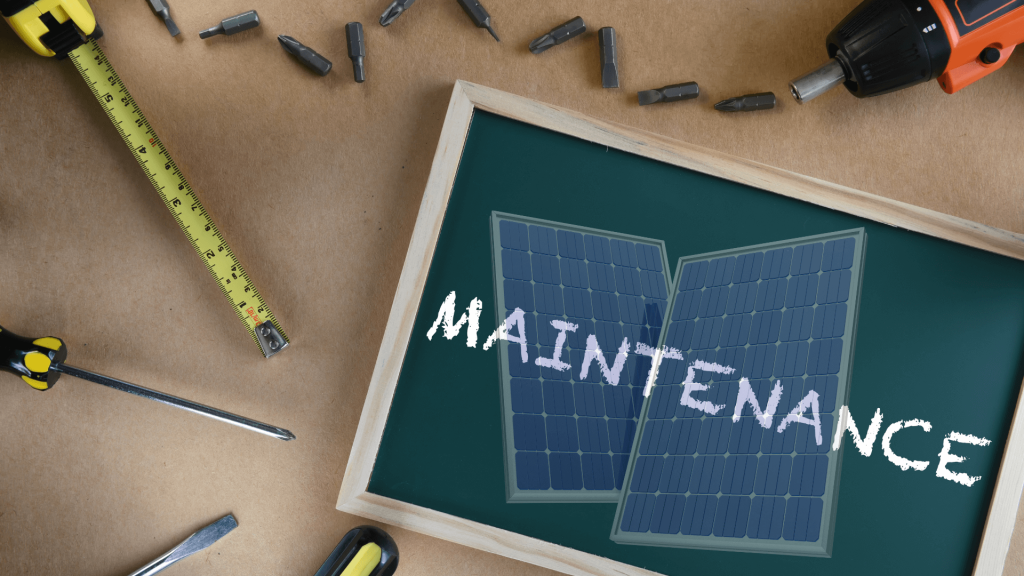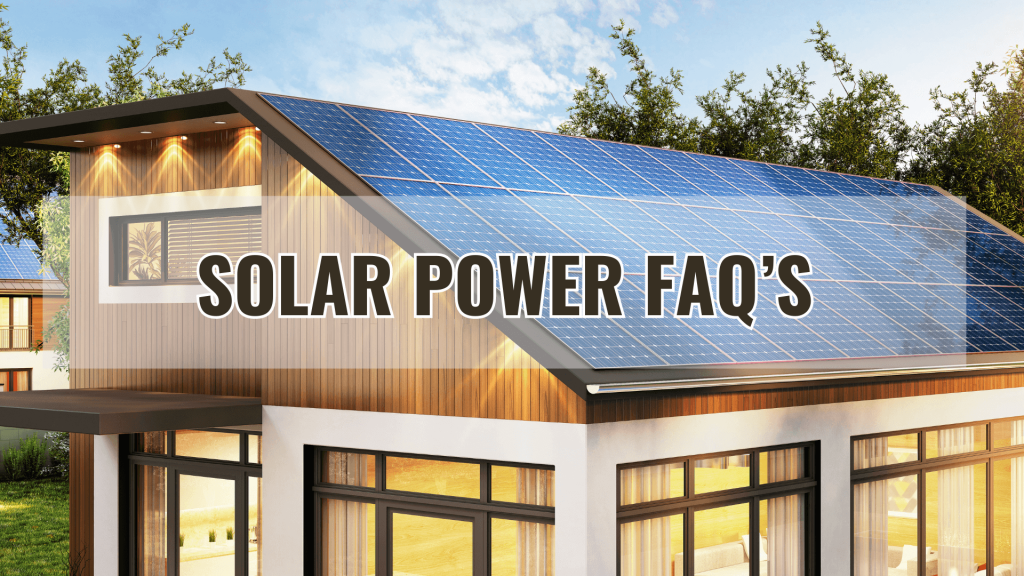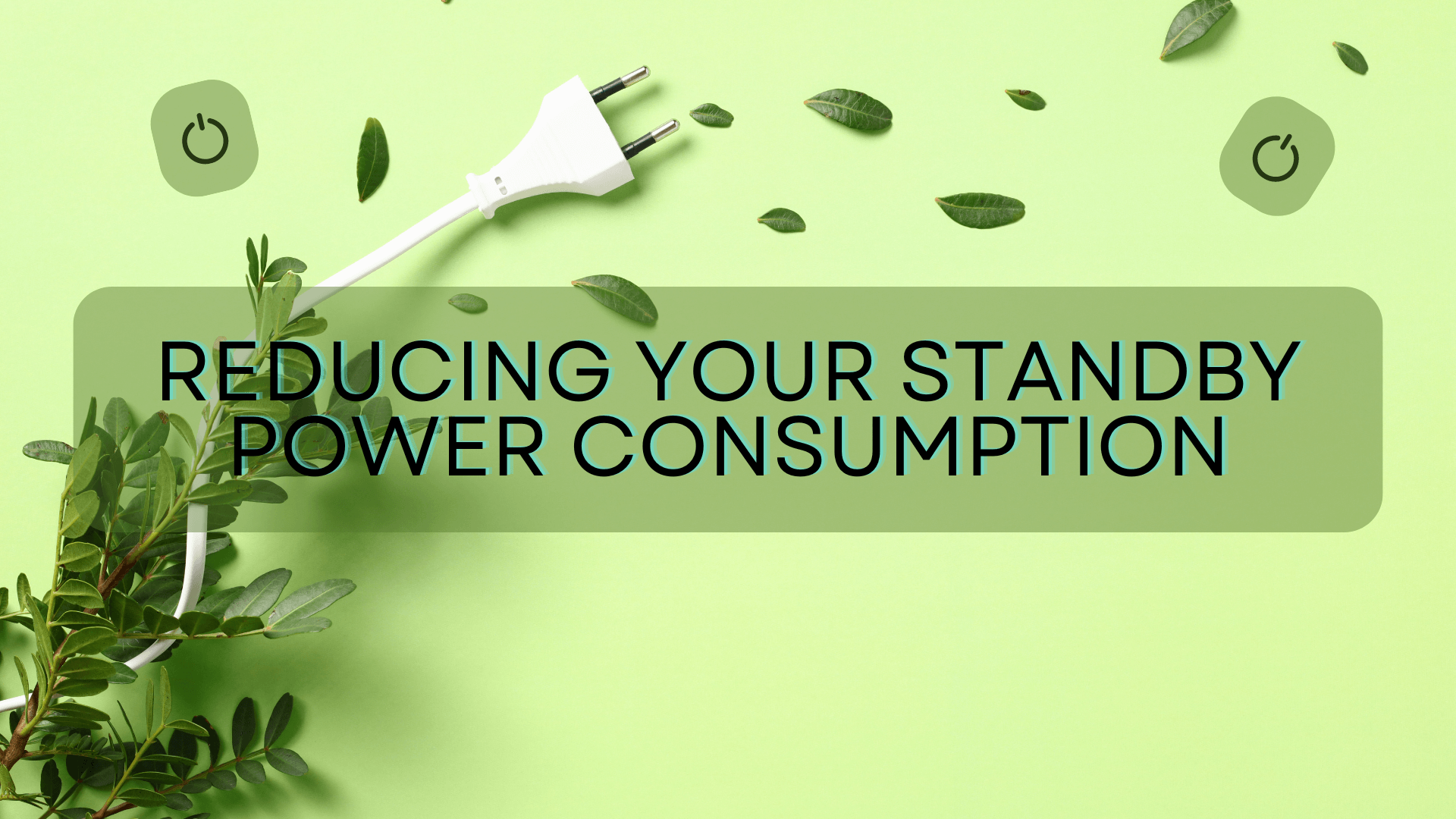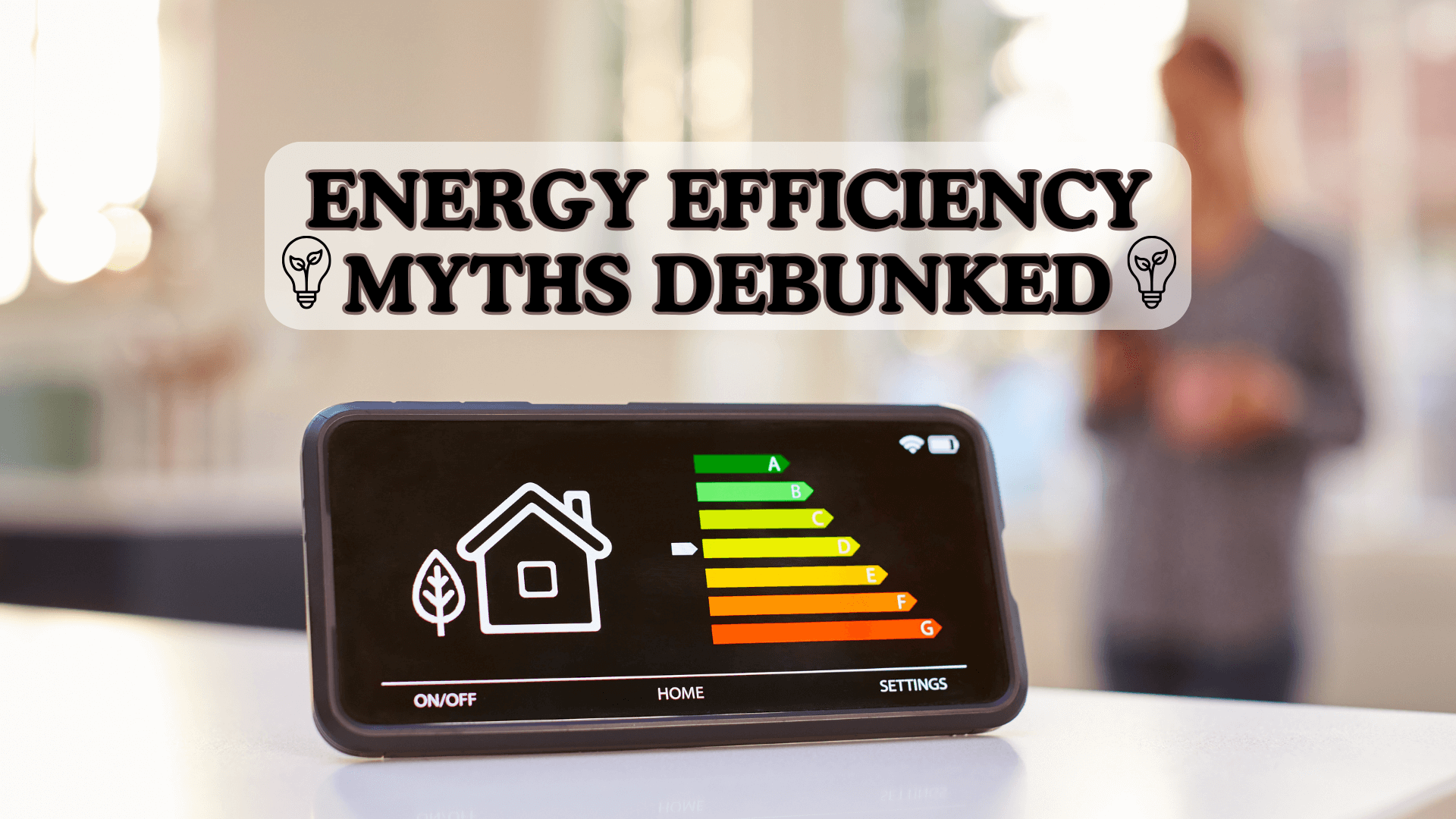Display Table of Contents
The demand for renewable energy is ever-increasing as climate change and energy costs become pressing issues for society. One of the most accessible and effective forms of renewable energy is solar power. This article aims to provide homeowners with essential information about the costs, benefits, and installation procedures for solar power systems. By adopting solar technology, you could not only reduce your carbon footprint but also save money in the long run.
The Financial Implications of Solar Power
Initial Costs
Installing a solar power system does require an initial investment. As of 2022, the average cost of solar panels in the UK ranges between £6,000 and £9,000 for a typical domestic setup. The price can vary based on several factors such as the size of the system, the quality of the panels, and whether you opt for additional features like battery storage or smart monitoring systems.
Grants and Incentives
The UK government offers several incentives to promote the adoption of renewable energy sources, including solar power. For example, the ECO4 and the Home Upgrade Grant allows homeowners to receive funding for energy-efficient improvements. In some cases, you might also qualify for local grants or schemes, thereby significantly reducing your initial outlay.
Return on Investment
Although the initial costs can be substantial, solar power systems often pay for themselves over time through energy savings. The average household can expect a return on investment (ROI) within 7 to 10 years. Moreover, the Feed-in Tariff scheme provides an additional income stream, as you get paid for excess energy that is fed back into the grid.
Environmental Benefits of Solar Power
Switching to solar power is an effective way to lessen your environmental impact. Solar panels produce electricity without emitting greenhouse gases, thus helping to combat climate change. Additionally, solar energy is abundant and renewable, which makes it a sustainable choice for the long term.
Reduced Carbon Footprint
Solar power systems can substantially decrease a household’s carbon footprint. On average, a residential solar power setup can prevent the emission of approximately 1.5 to 2 tonnes of carbon dioxide per year.
Energy Independence
By generating your own electricity, you can reduce your dependence on fossil fuels and traditional power grids. This not only contributes to environmental sustainability but also insulates you from energy price fluctuations.
Contribution to a Greener Economy
Adopting solar technology promotes the growth of the renewable energy sector, creating jobs and fostering innovation. This has a broader positive impact on society and the economy.
Solar Power Installation: An Overview
Site Assessment
The first step in the installation process is a comprehensive site assessment. Specialists will evaluate factors like the layout of your home, sun exposure, and local climate conditions to determine the best type of solar power system for your needs. This assessment is crucial for maximising efficiency and power output.
Choosing the Right Panels
Various types of solar panels are available on the market, each with distinct characteristics. Monocrystalline panels are highly efficient but can be more expensive, whereas polycrystalline panels are less efficient but generally more affordable. The choice of panel will significantly affect both your upfront costs and long-term benefits.
Permitting and Documentation
Before you can proceed with installation, you’ll need to obtain the necessary permits. Requirements can vary by locality, but typically you’ll need planning permission and electrical permits. Some locations may also require additional permissions such as conservation area consents. Consulting with local authorities and following the permitting process diligently will ensure your project adheres to regulations.
Installation
Once the site assessment is complete and permits are in hand, the physical installation can commence. This involves the mounting of solar panels, usually on the roof, and connecting them to an inverter that transforms the direct current (DC) generated by the panels into alternating current (AC) suitable for home use. A professional installation is highly recommended for safety and efficiency reasons.
Post-Installation Checks and Calibration
After the installation is complete, the system must be thoroughly checked for any potential issues. This includes verifying that all electrical connections are secure, testing the inverter, and calibrating the system for optimal performance. Post-installation inspections should be performed by qualified technicians to ensure the system is safe and ready for operation.
Maintenance and Upkeep
Regular Inspections
Once your system is up and running, regular inspections are crucial for maintaining peak performance. Simple tasks like cleaning the solar panels can make a considerable difference in their efficiency. It’s advisable to carry out a thorough inspection at least once a year, either by a professional or through a DIY check-up if you’re comfortable with it.
System Monitoring
Many modern solar power systems come equipped with smart monitoring features. These allow you to track your system’s performance in real-time, giving you valuable insights into your energy usage and production. Monitoring systems can alert you to inefficiencies or malfunctions, making it easier to maintain the system effectively.
Longevity and Warranty
Quality solar panels are built to last. Most manufacturers offer warranties that last for 25 to 30 years. While the efficiency of the panels may decrease over time, typically, a well-maintained system can continue to operate at 80% efficiency even after 20 years.
Additional Features and Technologies
Battery Storage
Storing excess energy can significantly enhance your solar power experience. Battery storage systems, such as Tesla’s Powerwall, allow you to save unused energy for later use, making your household even less dependent on the grid.
Smart Home Integration
Integrating your solar power system with smart home technology can make your life more convenient while boosting energy efficiency. Systems like Google’s Nest Learning Thermostat can sync with your solar power setup to optimise energy usage throughout the day.
Conclusion
Adopting solar power for your home offers a range of financial and environmental benefits. While the initial costs can be high, grants and incentives are available to alleviate this burden. Moreover, the long-term savings and potential for generating income can make solar power a wise investment. The installation process, though involved, is straightforward when handled by professionals. Ongoing maintenance is generally minimal, making it a sustainable and advantageous energy option for homeowners.
By fully understanding the complexities and advantages of solar power, you can make an informed decision that benefits both your household and the environment.
Frequently Asked Questions
Is Solar Energy Suitable for All Regions?
While solar panels are most effective in sunny regions, advancements in technology have made it possible for them to operate in less sunny conditions as well. However, the efficiency and financial payback will vary depending on the local climate.
Can I Install Solar Panels Myself?
Although do-it-yourself installations are possible, they are generally not recommended unless you have specific expertise in electrical systems and construction. A professional installation ensures not only optimal performance but also complies with safety standards and potentially maintains the manufacturer’s warranty.
Do Solar Panels Work in Overcast Conditions?
Yes, solar panels can generate electricity even when the sky is overcast. The efficiency will be reduced compared to optimal sunny conditions, but modern panels are increasingly effective at capturing energy in cloudy environments.
How Do I Choose the Right Size for My Solar Power System?
Multiple factors influence the size of a solar power system you’ll need, including your household’s average electricity consumption, the amount of sunlight your location receives, and available space for panels. A professional site assessment can provide a tailored recommendation.
What Happens if I Produce More Electricity Than I Use?
If your system produces surplus electricity, it can be fed back into the electrical grid. Through the Smart Export Guarantee (SEG) in the UK, utility companies are required to offer export tariffs, thus providing homeowners with an opportunity to earn income from excess energy.
What are the Maintenance Requirements?
Regular inspections are crucial for maintaining the efficiency of your solar power system. Besides, occasional cleaning and system checks can go a long way in ensuring that you get the most out of your investment. Many modern systems also offer real-time monitoring features to keep track of performance.
Can I Upgrade My System in the Future?
Yes, solar power systems are modular, allowing for future upgrades. Whether you want to add more panels or include a battery storage system, modifications are generally straightforward but should be executed by professionals to ensure compatibility and safety.
Do I Need Special Insurance for My Solar Panels?
Most standard home insurance policies cover solar panels, but it’s advisable to check with your insurance provider to confirm. Some companies offer specialized solar panel insurance that covers potential damages or loss of income from your system.

